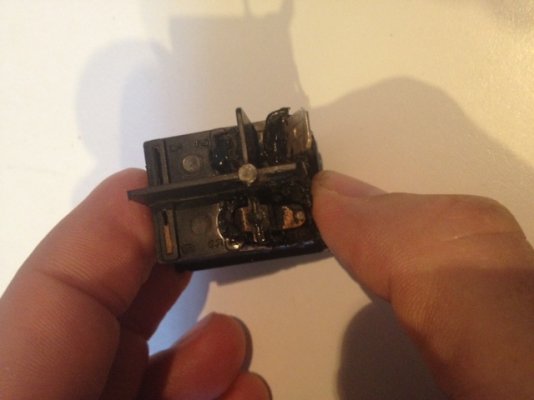mbrandon12
New member
- Joined
- Aug 4, 2013
- Posts
- 3
My wife and I recently purchased a 2000 Rockwood Freedom pop-up camper. The previous owner had caused some electrical damage to the popup by powering on the 110V and 12V on the Dometic Refrigerator at the same time. I replaced the burnt out 110V switch on the fridge and everything appears to be working when plugged in. On the DC side, there was a very high resistance (1200 ohms) between the positive and negative battery cables. I traced the resistance to the LP gas detector (900 ohms) and the CS 1200 power converter (the remaining 300 ohms). I suspect they were damaged during the electrical snafu. I also suspect I need to replace both but wanted to know if anyone else has experienced something similar and if there is a cheaper way to fix the problem than buying all new equipment. Any advice or tips wold be greatly appreciated.
Cheers,
Brandon
Cheers,
Brandon

